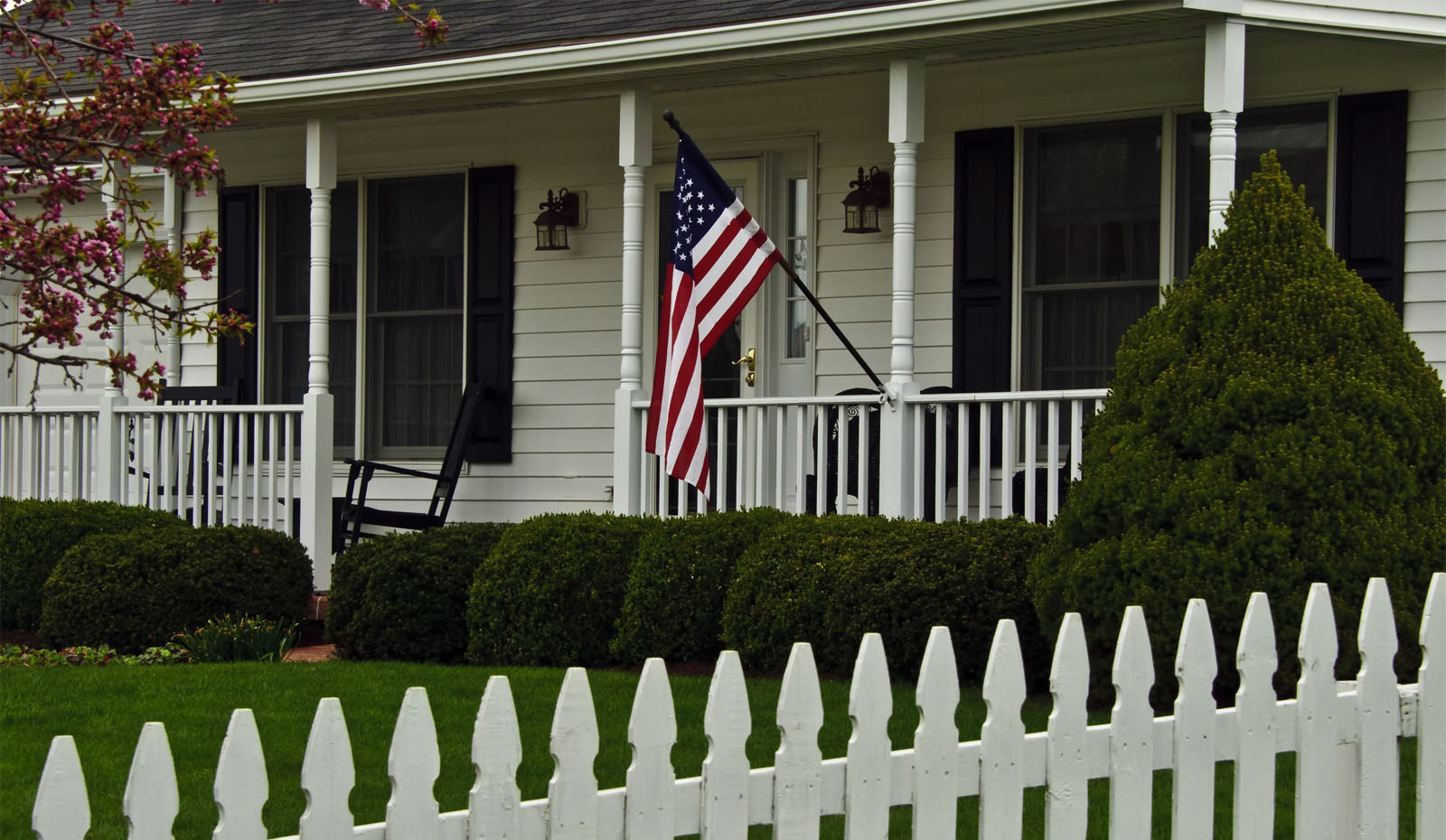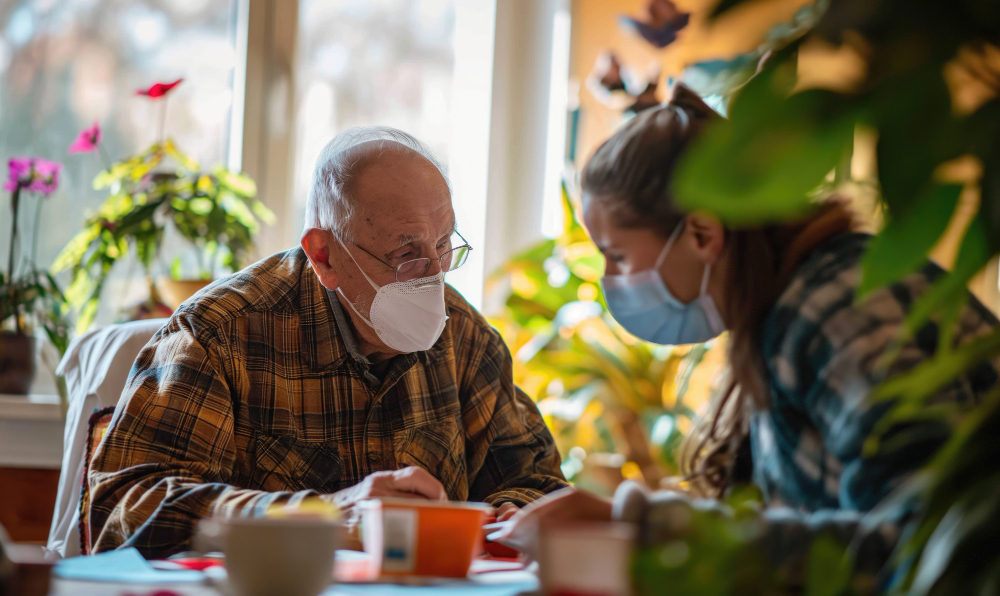Aging at home is a goal shared by many older adults, and for good reason. It offers comfort, familiarity, and independence. However, the home environment must be safe, secure, and suited for this next stage of life. That’s where a home safety assessment comes in.
Let’s start by demystifying what a home safety assessment really is and why it’s a cornerstone of aging in place.
A home safety assessment is a thorough, room-by-room evaluation of a home’s physical space, aimed at identifying potential hazards and recommending modifications to reduce the risk of accidents—particularly falls, burns, and trips, which are the leading causes of injury among seniors.
Now that we’ve defined the assessment, let’s explore what happens during the process.
What Is Included In A Home Safety Assessment?
During a professional visit, each room in the home is carefully reviewed. Here’s a breakdown of what gets assessed:
- Entryways and staircases
- Bathroom safety (grab bars, non-slip surfaces)
- Bedroom accessibility
- Kitchen hazards (appliance safety, fire risks)
- Lighting adequacy throughout the home
- Emergency preparedness (smoke alarms, exit routes)
Each space is looked at through a safety lens. You’ll usually receive a checklist, notes, and even photo documentation so you know exactly what needs to be improved.
With a clear understanding of what’s involved, it’s important to recognize why these assessments are so crucial today.
Why Does This Matter So Much?
Here’s a startling fact: 1 in 4 adults over 65 will experience a fall this year, according to the CDC. That’s not just a number, it could be someone’s grandmother, father, or neighbor. And many of these falls happen at home.
A home safety assessment isn’t about being overly cautious, it’s about being smart. It can:
- Reduce the risk of injuries and hospital visits
- Make caregivers’ lives easier
- Give seniors more confidence to live independently
- Offer peace of mind to families near and far
So, instead of reacting to an accident, assessments help you take action before something happens
Who Typically Performs These Assessments?
If you’re thinking, “Can’t I just walk around the house and do this myself?”—you’re partly right. There are things you can check on your own. But a professional brings both experience and objectivity.
Here’s who usually does the job:
- Certified Aging-in-Place Specialists (CAPS) trained in home modification for aging adults
- Occupational Therapists (OTs) who understand mobility and daily living challenges
- Trained Home Safety Advisors certified through programs like the Senior Home Safety Specialist® course by Age Safe® America
These experts know what to look for, things you might not even think about, and they often provide better tools and follow-up plans.
Choosing the Right Professional
Not all assessors are the same, so here’s what to look for when selecting a professional.
It’s important to know that not all assessors offer the same level of service. Here’s what to look for:
- Senior-focused certifications
- Experience in both healthcare and home environments
- A standardized, easy-to-understand checklist
- A report that includes clear next steps and referrals (if needed)
What Is a Home Safety Checklist, and Why Do You Need One?
Let’s be real: even the most attentive family members can overlook important safety issues. That’s why having a structured home safety for seniors checklist is so helpful. It breaks things down in a way that’s easy to follow and ensures nothing slips through the cracks.
Home Area | What to Check | Recommended Action |
Entryways & Stairs | Handrails, uneven steps | Install railings or ramps |
Bathrooms | Slippery floor, lack of grab bars | Add grab bars and non-slip mats |
Kitchen | Sharp corners, cluttered counters | Clear space, move items to reachable areas |
Bedroom | Obstructed pathways | Rearrange furniture, add motion lights |
Hallways | Poor lighting | Upgrade to bright LED lighting |
How Do You Get An Assessment For An Elderly Person?
Whether you’re a caregiver, a concerned family member, or a senior preparing for the future, the steps are surprisingly simple:
- Reach out to a professional or organization like Age Safe® America
- Schedule the assessment, either in person or virtually
- Walk through the home together, or allow the assessor to explore on their own
- Get a detailed report with recommendations, action items, and follow-up
- Make the modifications using a local contractor, family help, or DIY tips
Some communities even offer grants or tax credits for making senior-friendly upgrades. It’s worth exploring your local council on aging.
How Modern Tools Are Making Assessments Smarter
Gone are the days of paper-only checklists. Today, you can find assessments powered by:
- Mobile apps with digital scoring
- Cloud-based reporting tools so families can stay informed
- AI-based scanning to detect structural risks
- QR codes and emergency response integrations
This is especially helpful for adult children who live far away and want to ensure their parents are safe without being physically present for every appointment.
Benefits of Home Safety Assessments: A Snapshot
Still on the fence? Here’s a visual look at the measurable benefits of a professional assessment.
Benefit Area | Before Assessment | After Assessment |
Fall Risk | 70% | 20% |
Caregiver Stress | High | Moderate/Low |
Emergency Response Time | Delayed | Fast (clear pathways) |
Senior Independence Level | Low/Medium | High |
Peace of Mind (Family) | Low | High |
Conclusion: Safe Homes, Stronger Futures
Aging isn’t just about growing older; it’s about growing wiser, living independently, and doing so with dignity and confidence.
A home safety assessment is one of the smartest, most practical ways to support that journey. Whether you’re a family caregiver, a senior planning for the future, or a professional advisor, the value of a safer home is immeasurable.
You don’t need to do everything overnight. Start with small improvements. Use a checklist. Talk to a professional. But most importantly, start.
Because every grab bar installed, every hallway brightened, and every trip hazard removed adds up to a life that’s not only longer, but richer and more secure.
Contact us Today and explore how Age Safe® America can help you or a loved one live safer, longer, and more confidently at home.

